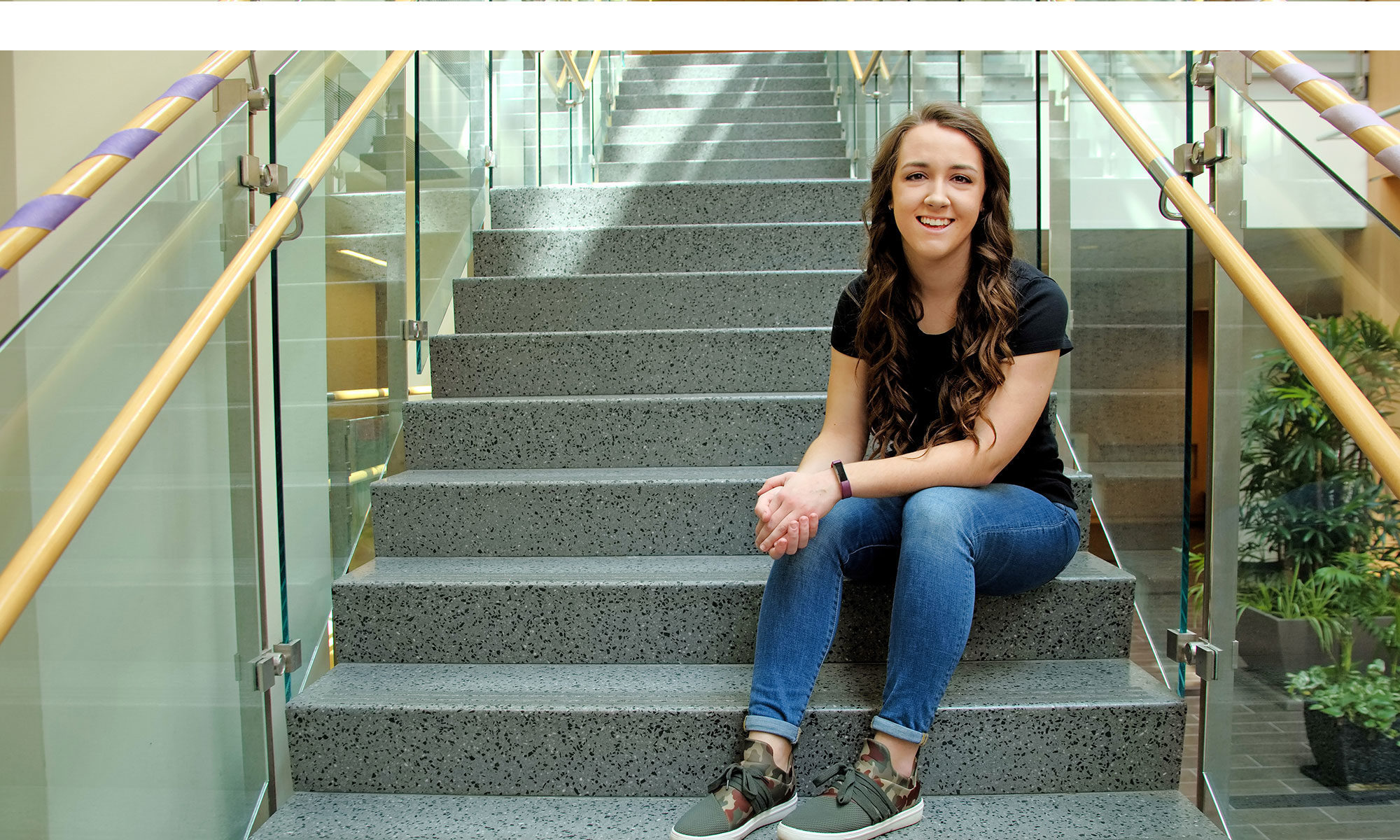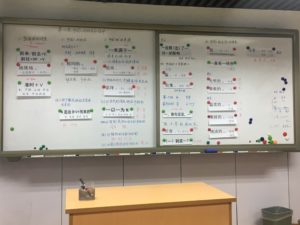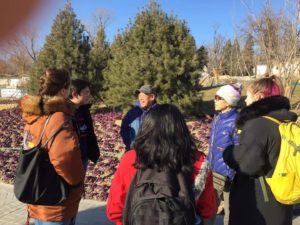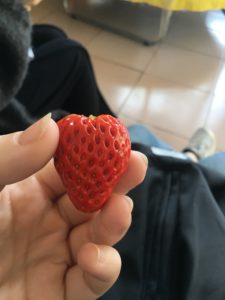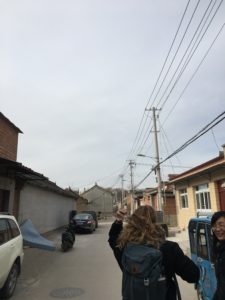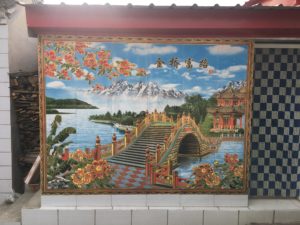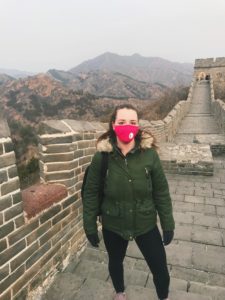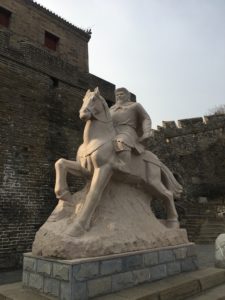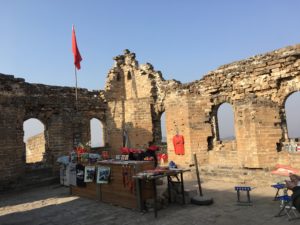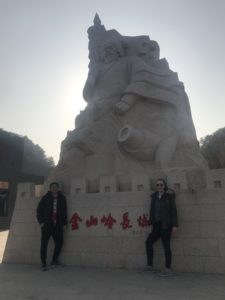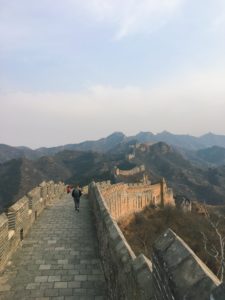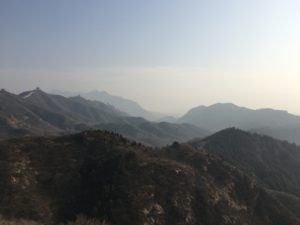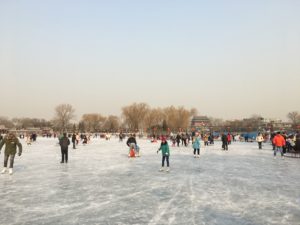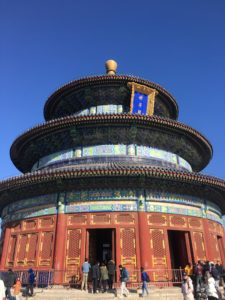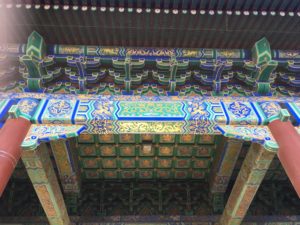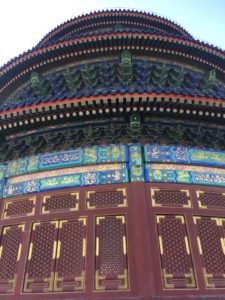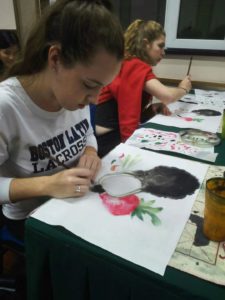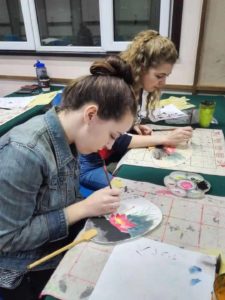In my experience over the past five months, the pollution in Beijing has not been anywhere near as severe as I had thought it would be. From what I have learned, a decade ago the pollution in Beijing was much more serious because a lot of factories operated on the outskirts of Beijing. However, around the time of the 2008 Olympics, in order to create a much more attractive Beijing and reduce the pollution, many factories were mandated to move further outside the city to other areas of China. In the time following, the pollution (within Beijing) has lessened significantly, however I still see about 30-40% of people wearing masks on any given day. On days where the pollution is more serious, it is common to see about 80% of people wearing masks (while ironically I’ll still see people smoking cigarettes even in the midst of it all).
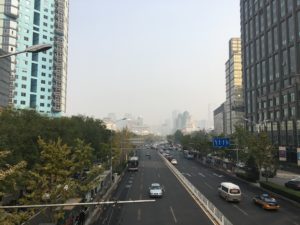
Days here can range from really no pollution at all and a perfectly blue sky to finding it hard to breathe while walking under a dismal grey sky. I purchased a reusable mask because there have been days when my normal walk to class in the morning didn’t feel right. When the pollution is at its most serious, it gives me cold like symptoms of stuffy nose and sore throat. I love checking the air quality index (AQI) on my iPhone weather app every day; it’s a great way to know how serious the pollution may or may not be without having to go outside. 0 – 150 range I feel is normal, anything from 150 – 200 I will consider wearing a mask depending on how I feel, 200+ I am wearing a mask for sure.
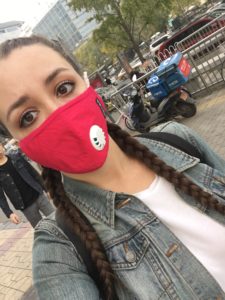
The pollution is actually most easily seen as soon as the sun goes down. Just look under a streetlight and you will see some sort of hazy fogginess hovering under the light. On one day when the pollution was over 300 (which is considered hazardous to health), I was walking to the subway at night. It was the eeriest night I’ve experienced in Beijing; the pollution felt like an eerie fog cast over the street. When I reached the subway station it seemed that the pollution had actually seeped into the subway underground. It was totally bizarre, and I’ve never experienced anything like it since.
Overall though, I feel that the pollution is not nearly like what I thought it would be, and I’m not too concerned about its effects on my health. I am very much curious to see if there is any difference as we transition into spring and more plants start to bloom.

